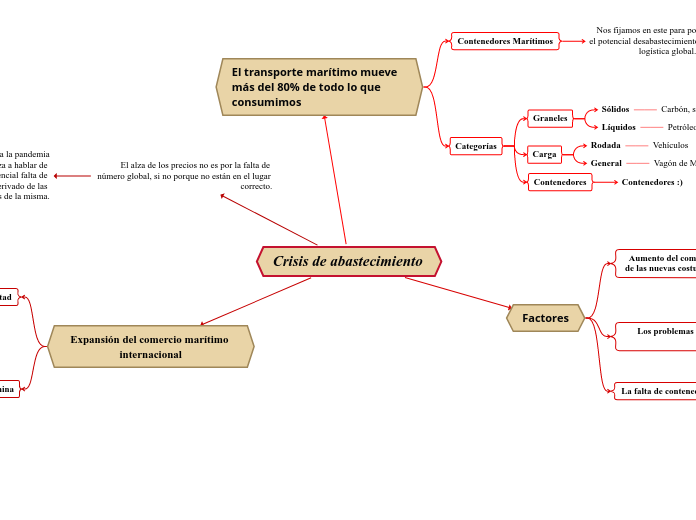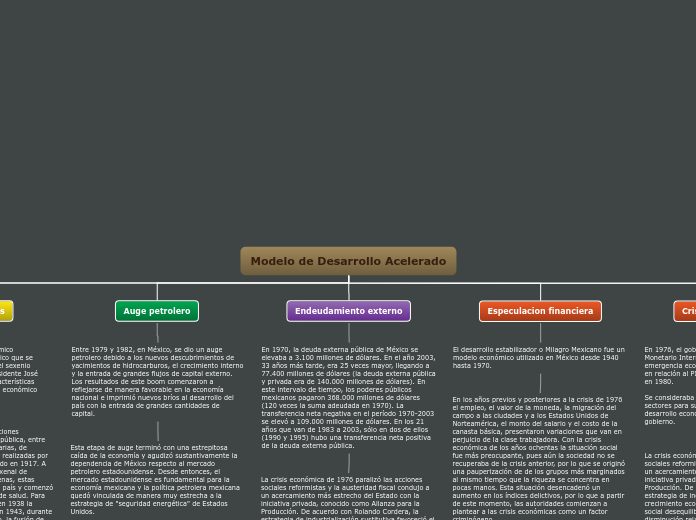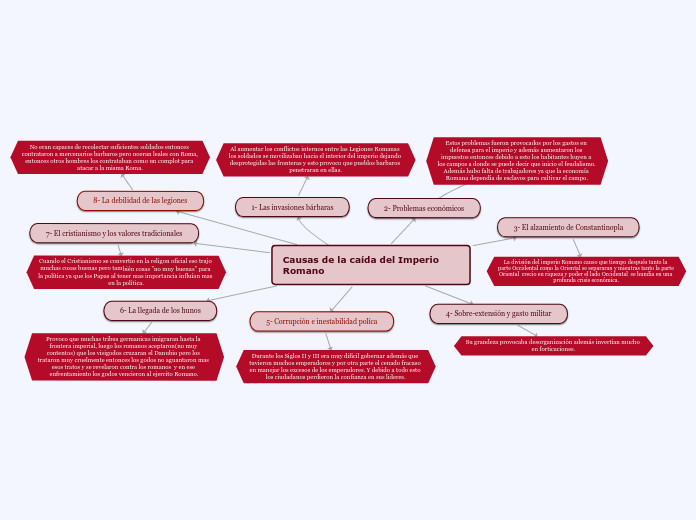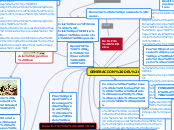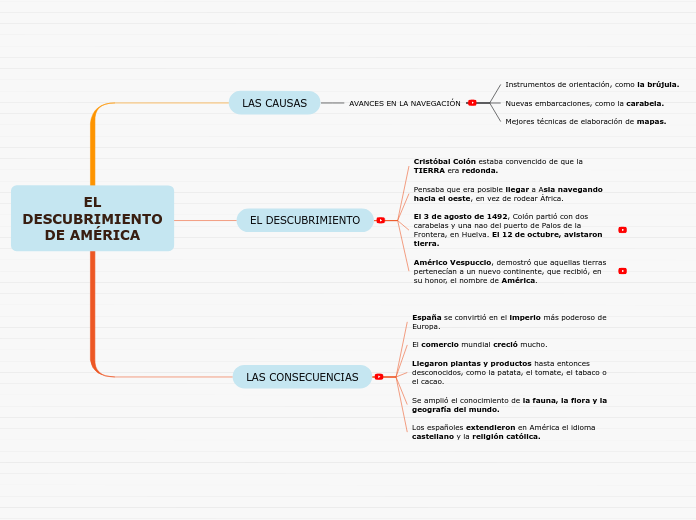Crisis de abastecimiento
To name your story, you have to think about the overall message and what you want your audience to understand from the story. Also, make it relevant and easy to remember.
El alza de los precios no es por la falta de número global, si no porque no están en el lugar correcto.
Muy aparte de que se le culpa a la pandemia
los problemas globales, se empieza a hablar de un grave problema de potencial falta de abastecimiento mundial derivado de las consecuencias de la misma.
Expansión del comercio marítimo internacional
The ending of a story is essential. We all know that if the ending is weak, what happened before loses its importance. So make it unpredictable, but fair. A resolved ending answers all the questions and ties up any loose threads from the plot.
Economía China
This is the closure section of the story.
See examples of possible outcomes below:
- all problems have been solved
- it's clear how each one of your characters ends up
- your main character is transformed by the challenge
Si la economía china sigue creciendo y a finales del 2021 se le sigue considerando la fábrica del mundo, ¿que es lo que pasa con el transporte marítimo para que ahora haya un desabastecimiento?
En el año 2018 las importaciones de China representaron la cuarta parte del comercio marítimo mundial total.
Try answering these questions to come up with a closure:
- Have all the problems been solved?
- Is there a clear picture of what happens with each character in the story?
- Has the challenge transformed your main character?
- How do the characters feel in the end?
Informe marítimo de la Untad
This is the moment when the main character surpasses the last obstacle and finally faces their greatest challenge.
The climax usually follows one of these patterns:
- realization
- resolution
- choice
Type in your answer.
También en el informe se alertaba de una excesiva dependencia de la demanda de importaciones china
Fundamentalmente impulsada por el transporte de contenedores, graneles secos y gas.
Preveía una tasa de crecimiento anual del
3,4% durante el período 2019-2024
Factores
The middle of the story is where you add layers of complications that will lead to the end. Reveal more about the character's journey. Did their personality go through changes? How did they overcome the challenges? And as you build up the story’s central conflict, make it more personal to that character. Also, from the middle act, you have to lead into the final act.
La falta de contenedores suficientes
There wouldn't be any tension and excitement in your story if there weren't any obstacles in your character's way.
A story is nothing more than a character overcoming a series of difficulties to reach the desired goal. Obstacles usually create suspense and conflict. In overcoming obstacles, there is growth: weak becomes strong; hatred turns into love; sadness into happiness; wrong into right; lies into truth; or evil becomes good.
See a few examples below:
- stopping a meteor
- finding a killer
- finding love
Los problemas de personal en los puertos chinos
Your character(s) need(s) motivation in order to solve the challenge(s).
Secondary characters might also have motives that lead them to cross paths with the main character or which might trigger them to help the main character.
Why does your character need to confront this challenge? What does he/she expect to accomplish by solving it?
See a few examples:
- will marry in 3 days
- can fix the mistakes of the past
Aumento del comercio electrónico derivado de las nuevas costumbres post-confinamiento
Each story has a main character and that character usually needs to solve a problem or challenge. The character's challenge is the one that creates tension throughout the story.
Type in any other challenges which other characters in the story need to face.
In most stories, there are 3 challenges. The number 3 is a mystical number symbolizing completeness. Try to come up with interesting challenges with which your character needs to struggle.
See a few examples below:
- turns into a werewolf at night
- is sent back in time
El transporte marítimo mueve más del 80% de todo lo que consumimos
In the beginning of the story (or the exposition), you will need to introduce the setting and characters. You might also want to introduce the main conflict. This part of the story is important because it gives the reader necessary background information and maybe even a first insight into a character’s personality.
Categorías
The setting (time & place) of a story can change throughout the plot.
Contenedores
Sensory details include sight, sound, touch, smell, and taste. These details are important because they create depth in your setting.
See a few examples below:
- the smell of fresh bread
- the scent of freshly cut grass
- rain falling onto the windshield etc.
Contenedores :)
Carga
The weather is an important element in your story because it can highly influence the ambiance and the mood of the characters.
General
The most affected character is the main character. Write down here if he/she is affected by these weather conditions in any way. For example, if they lost a family member or their home during a hurricane, etc.
Vagón de Metro, tubos muy largos
Rodada
Does your story include catastrophic weather? See a few suggestions below or add your own:
- hurricane, earthquake, storm, etc
Vehículos
Graneles
Your story can take place wherever your imagination will take you to.
For example: in an elevator, in an enchanted forest, etc. Don't forget to give details of the environment each time the setting changes, otherwise, the story can be confusing. Also, mention the seasons as each of them has unique weather and events.
Líquidos
Petróleo y sus derivados
Sólidos
Carbón, soja, chatarra
Contenedores Marítimos
Characters are essential to a good story. Usually, the protagonist(s) is/are the most affected by the plot. Introduce a character by focusing on their actions, interests, and occupation, as the physical appearance doesn't make a difference in most cases.
Nos fijamos en este para poder analizar
el potencial desabastecimiento de la cadena
logística global.
Type in the name of your character.
Add other qualities/attributes of the character.
A
What is your character's main goal?
fight Evilfind lovedefeat his/her enemyrule the worldmake friendstime travelmake an awesome discoveryOther
sistema sencillo que permite trasladar mercancías entre el puerto y la terminal con relativa simplicidad.
Which traits best describe the character's personality? Choose more if necessary:
introvertedloyalkindindependentquick-thinkingadventuresomeidealisticsweet-naturedcalmrisk-takercreativewittystrictfussyweirdclumsyharshaggressivecarelessclingingcowardlycrueldeceitfulimpulsiveOther
En las últimas décadas, se ha consolidado el uso del contenedor marítimo de 20 pies para el transporte de mercancías por mar.
Choose the type of your chacter:
Protagonist (main character)Antagonist (main character's opponent)Flat (stereotypical character)Round (his/ her personality develops throughout the story)Static (doesn't evolve as a person throughout the story)Dynamic (dramatical change in personality)Confidant (the main character trusts him/ her)Foil (contrasting character who enhances the personality of another character)Other
